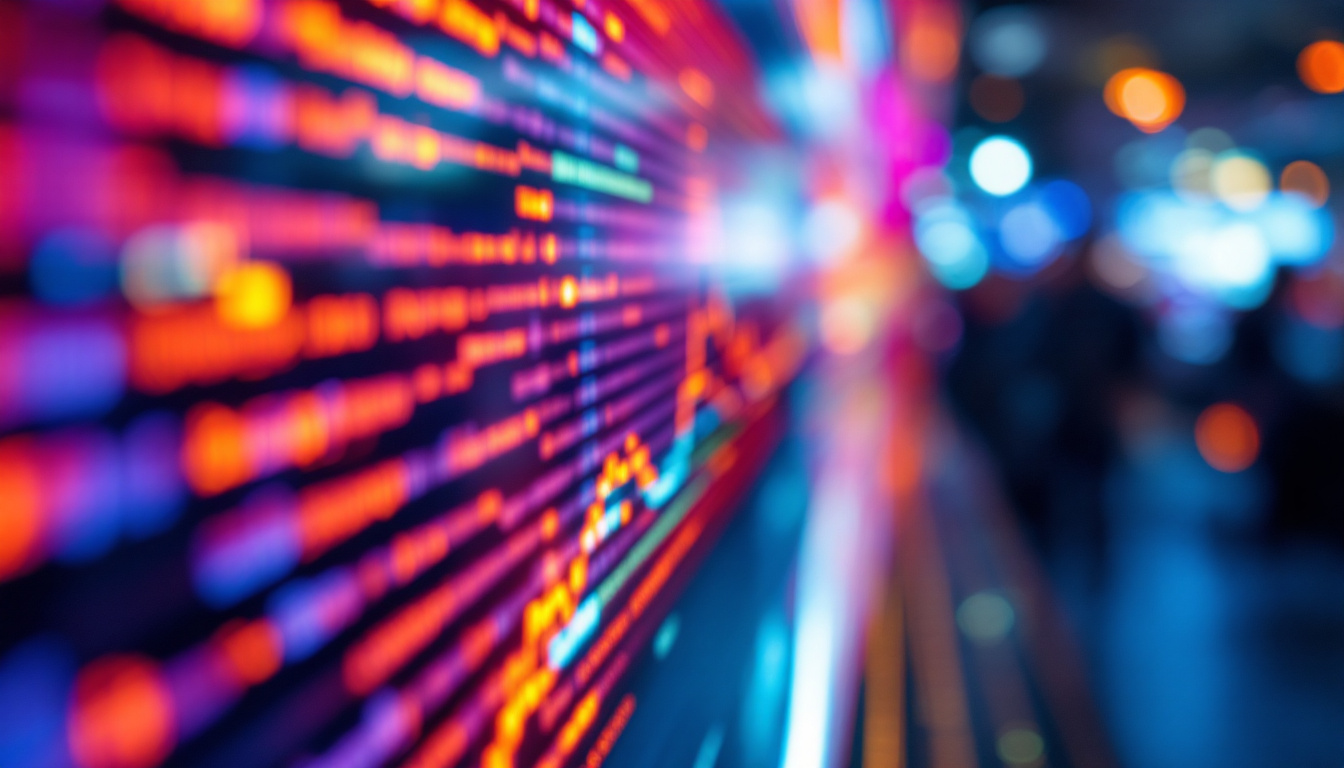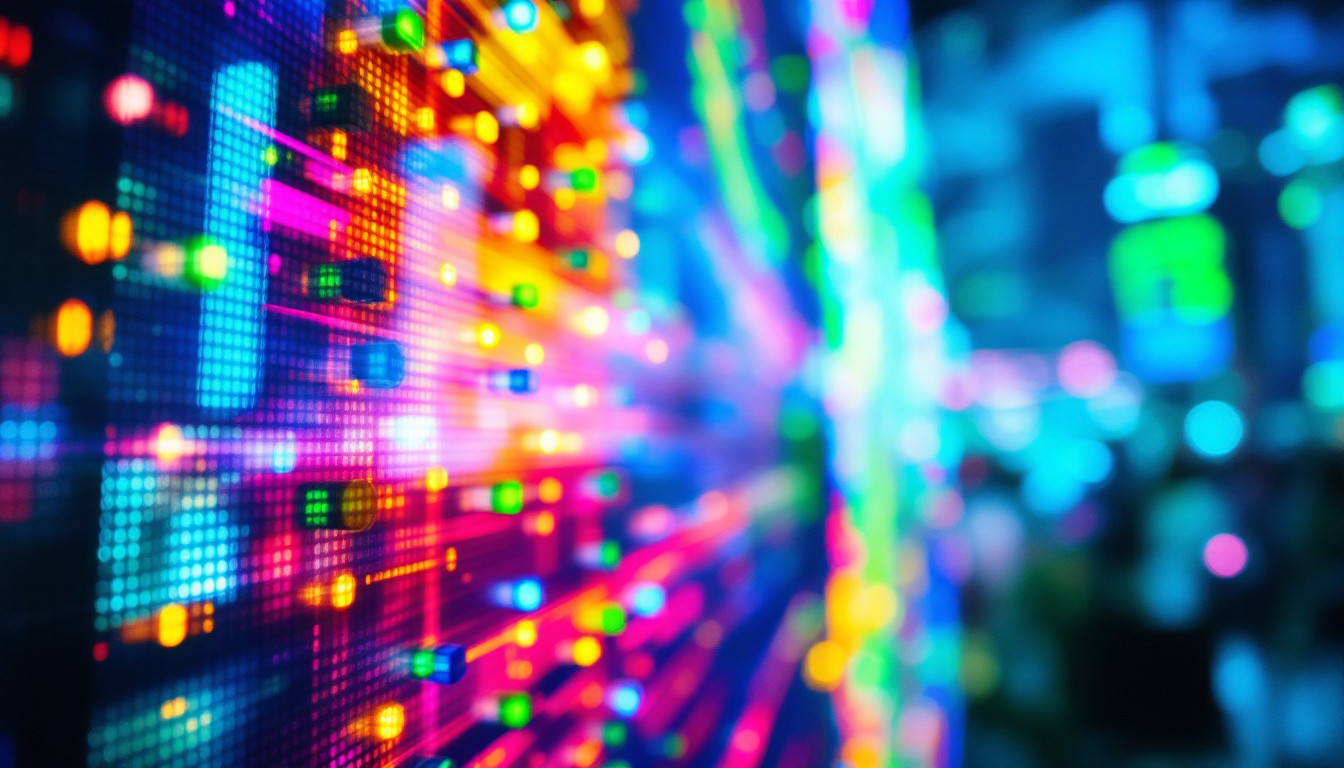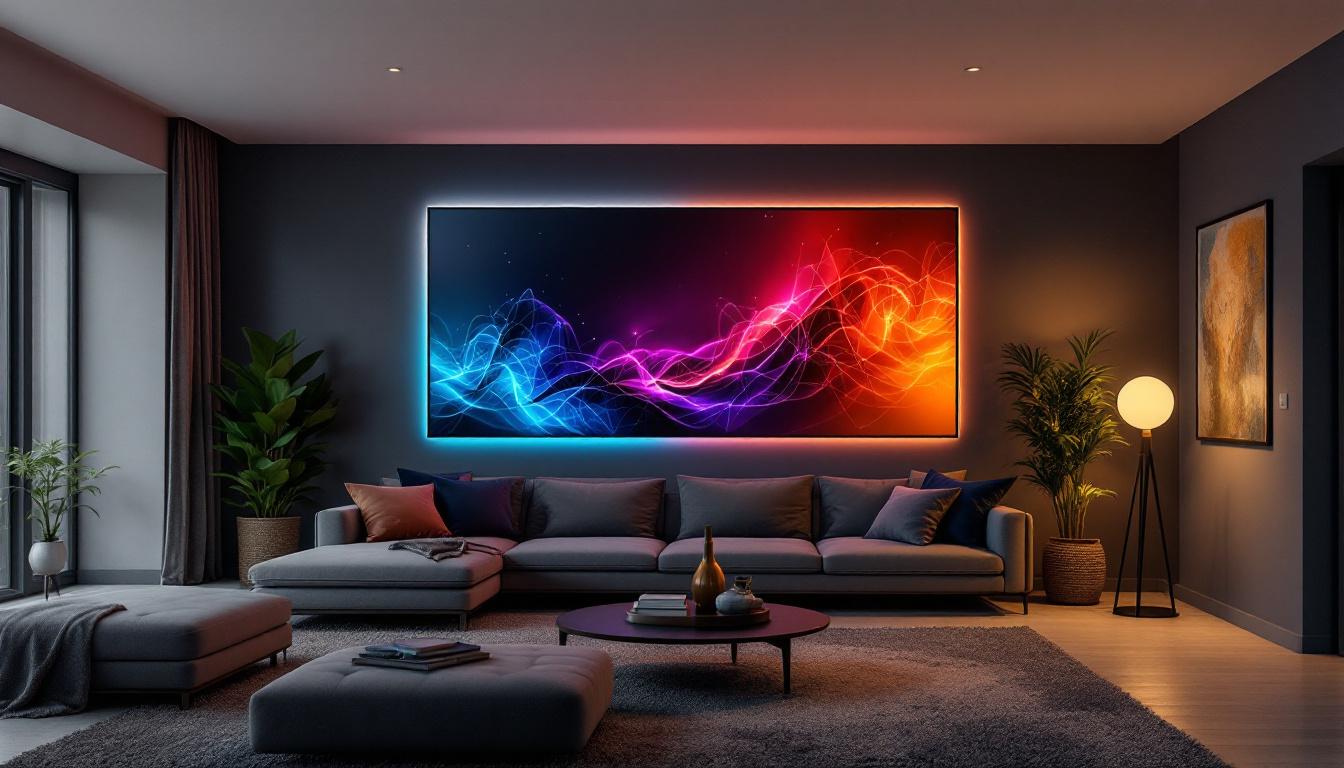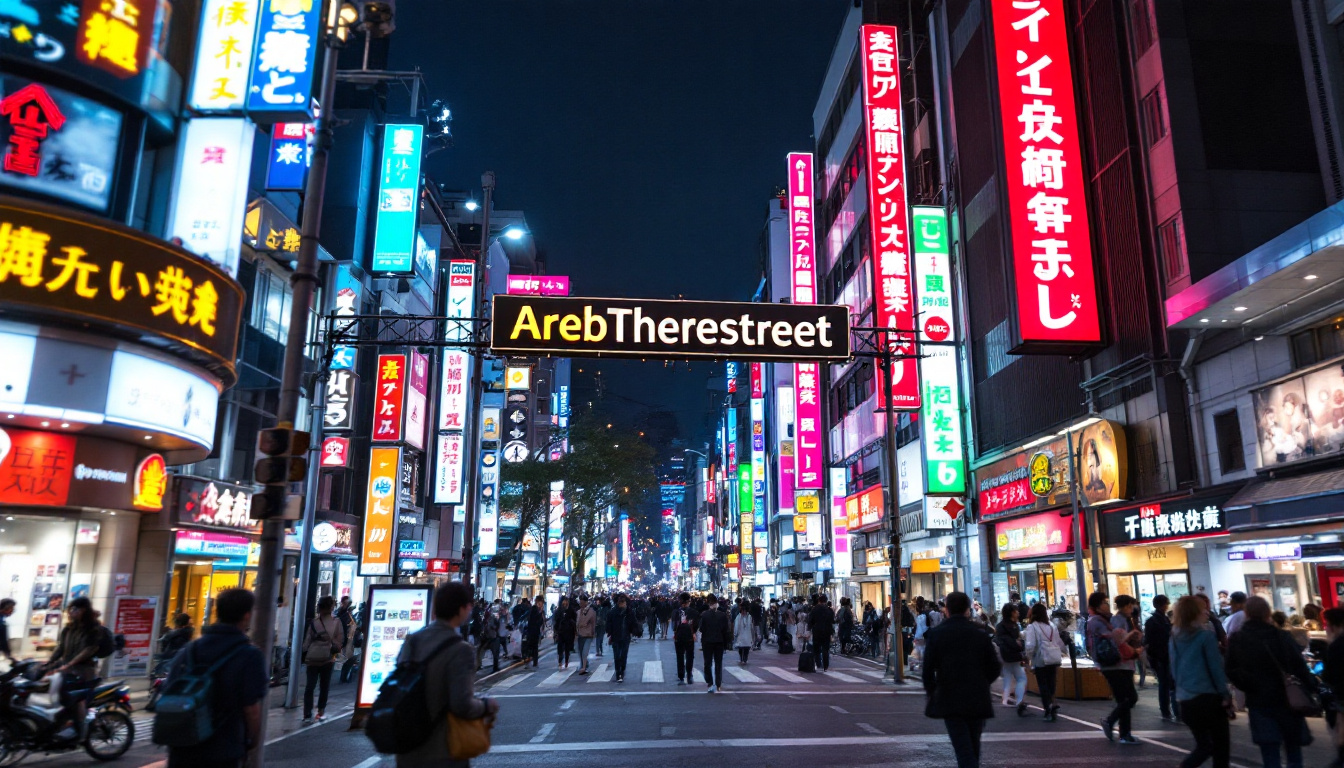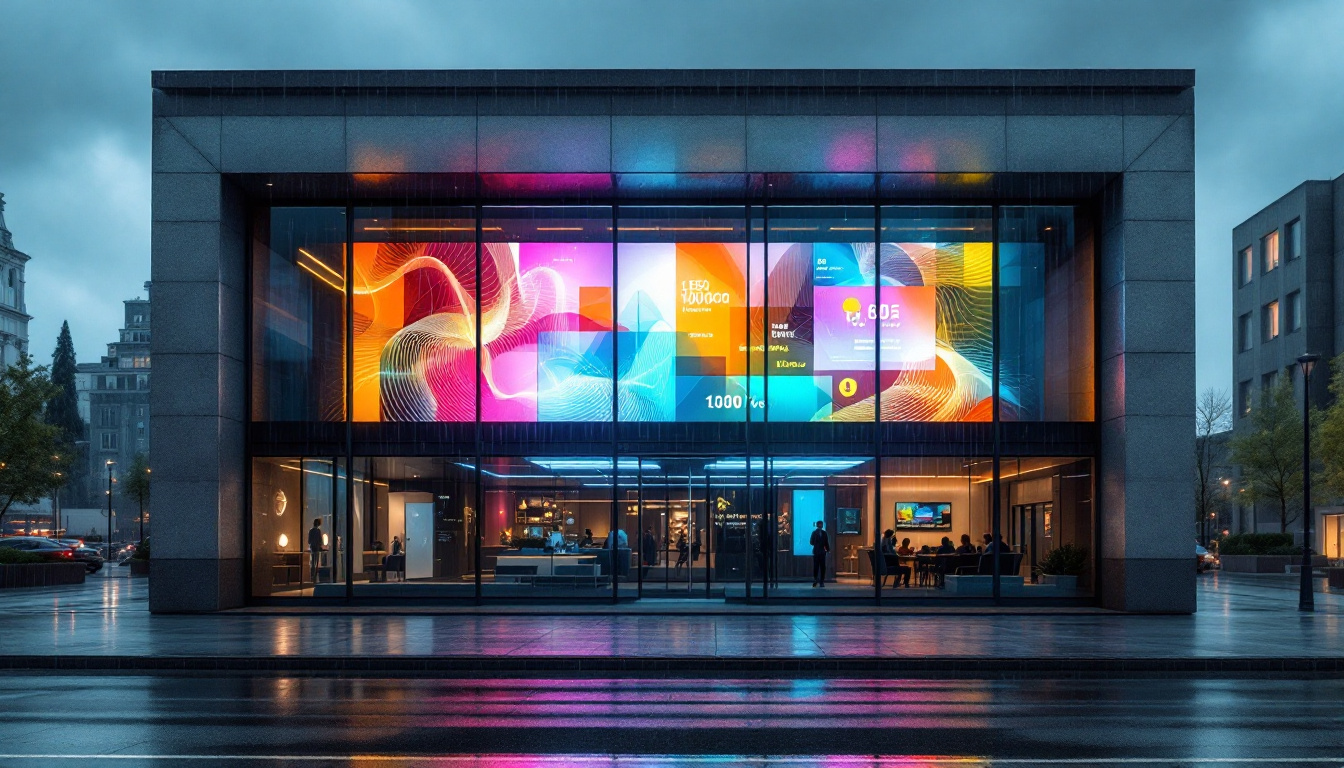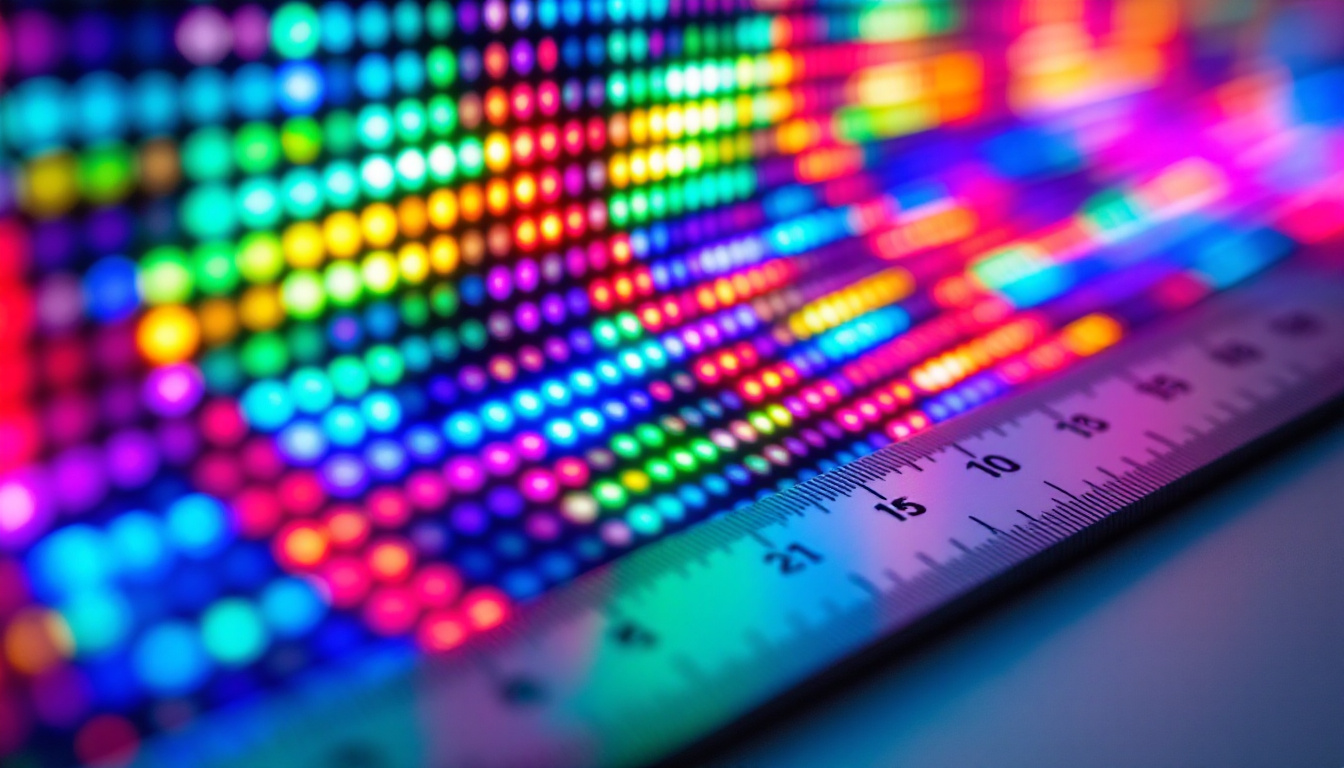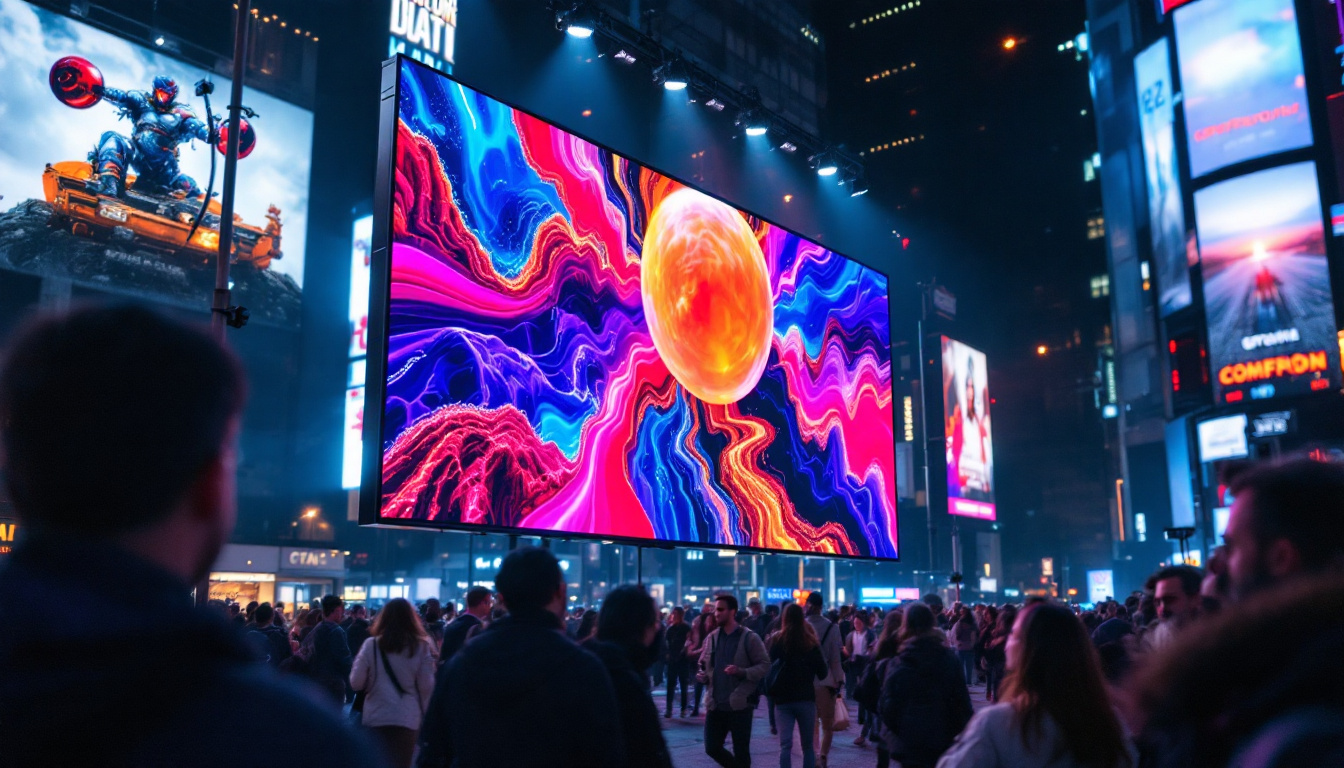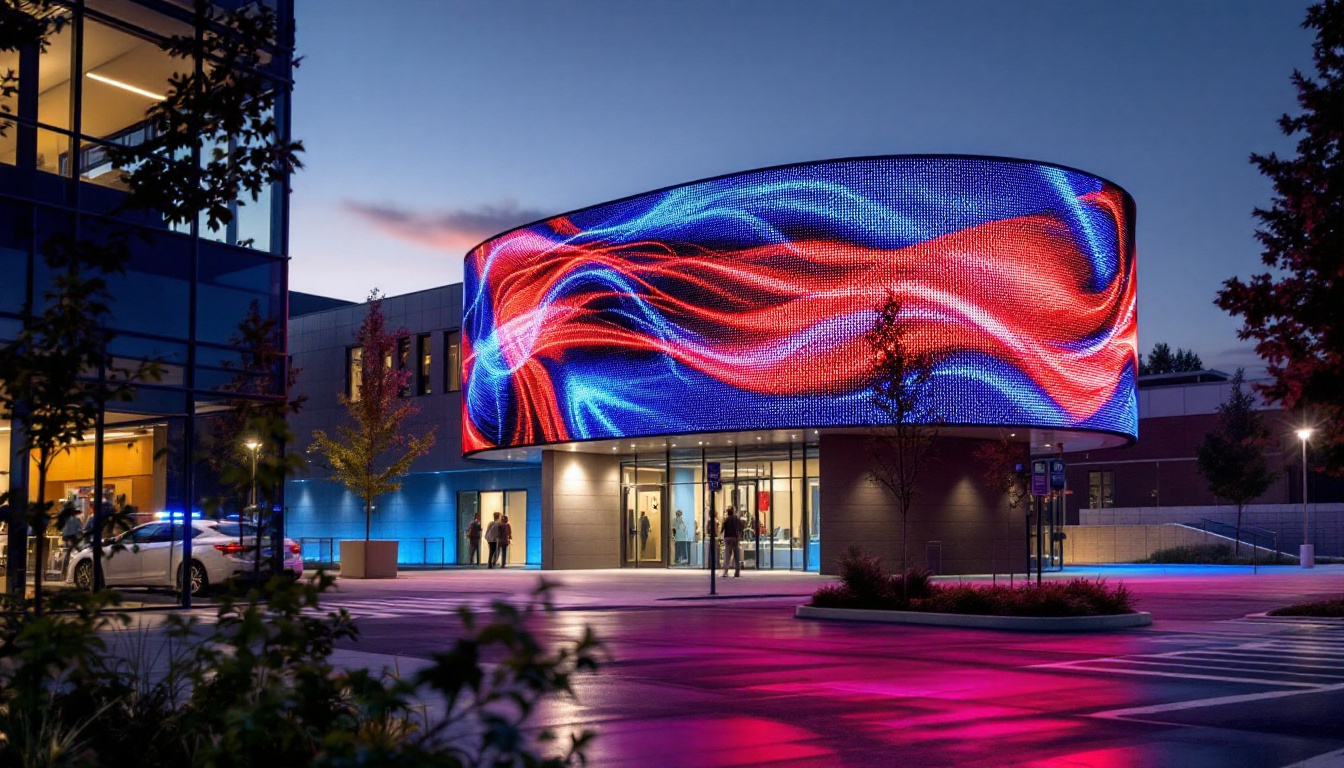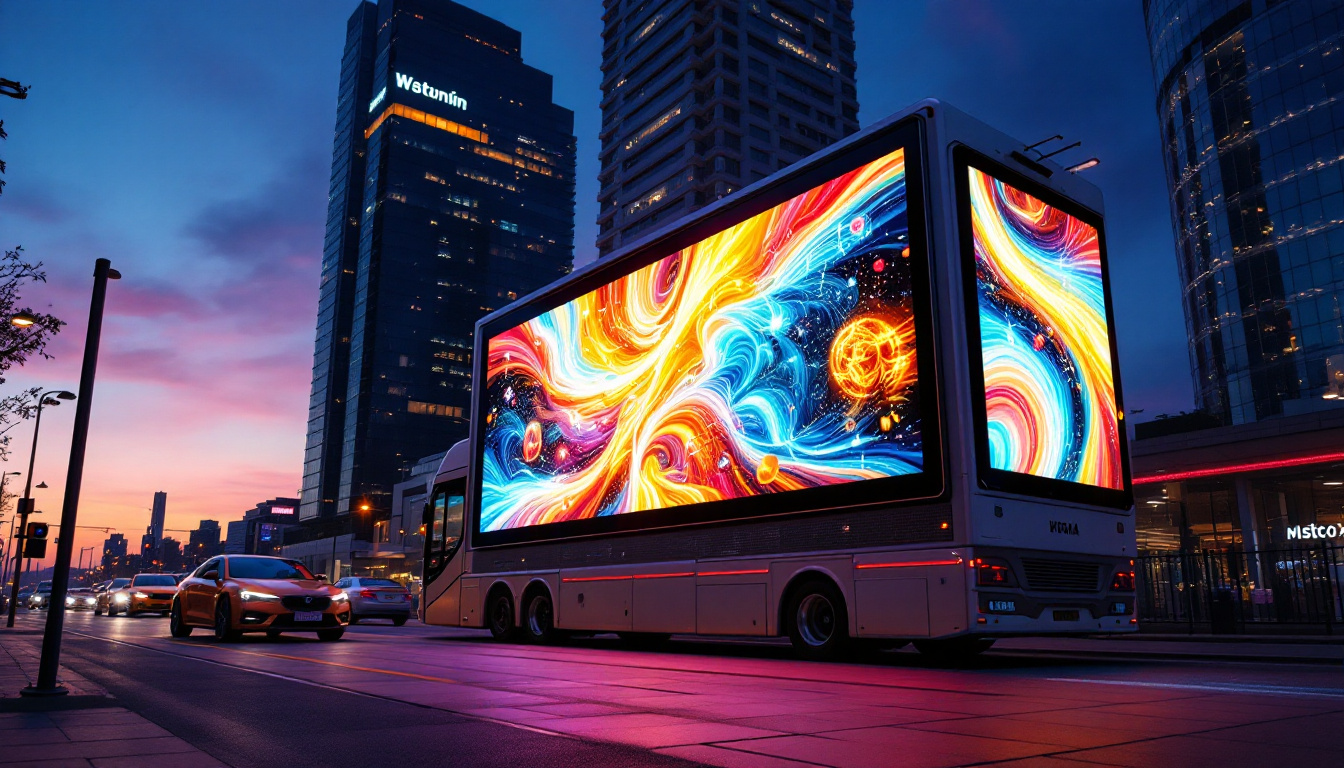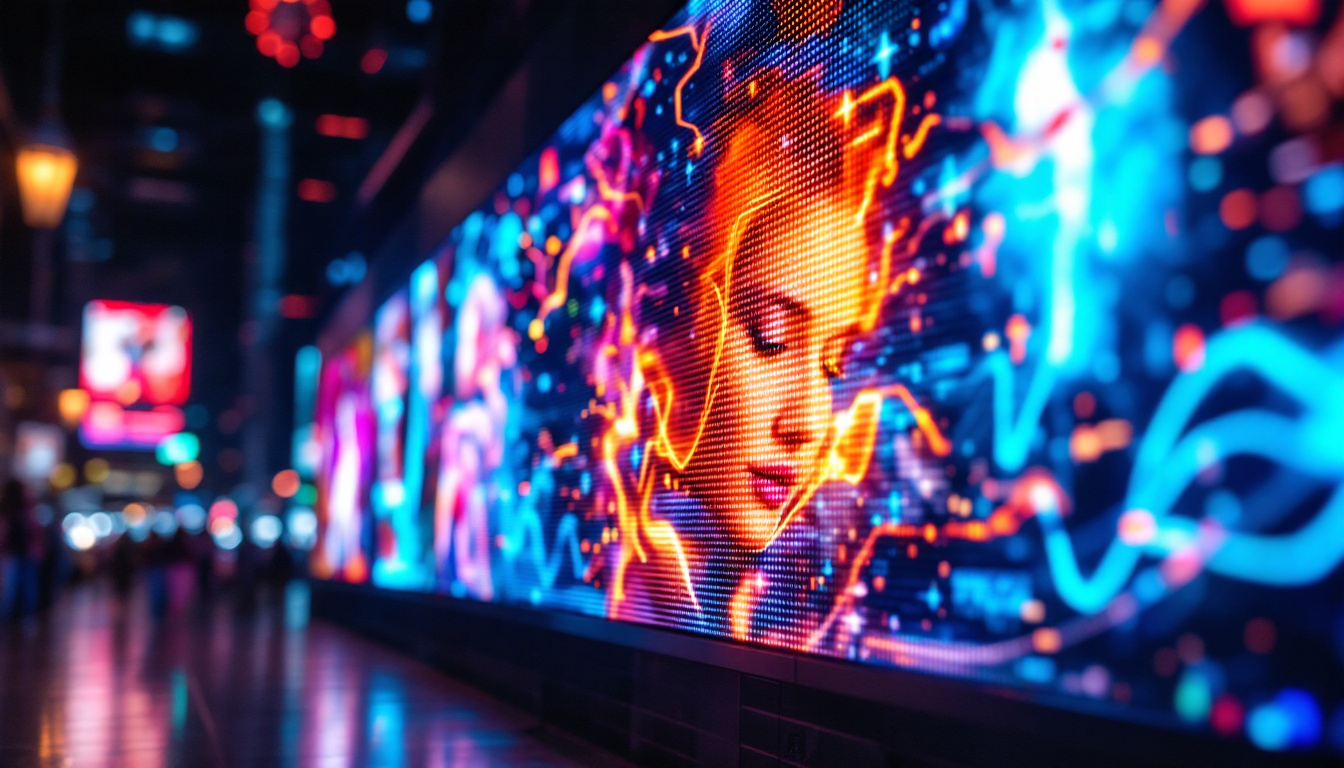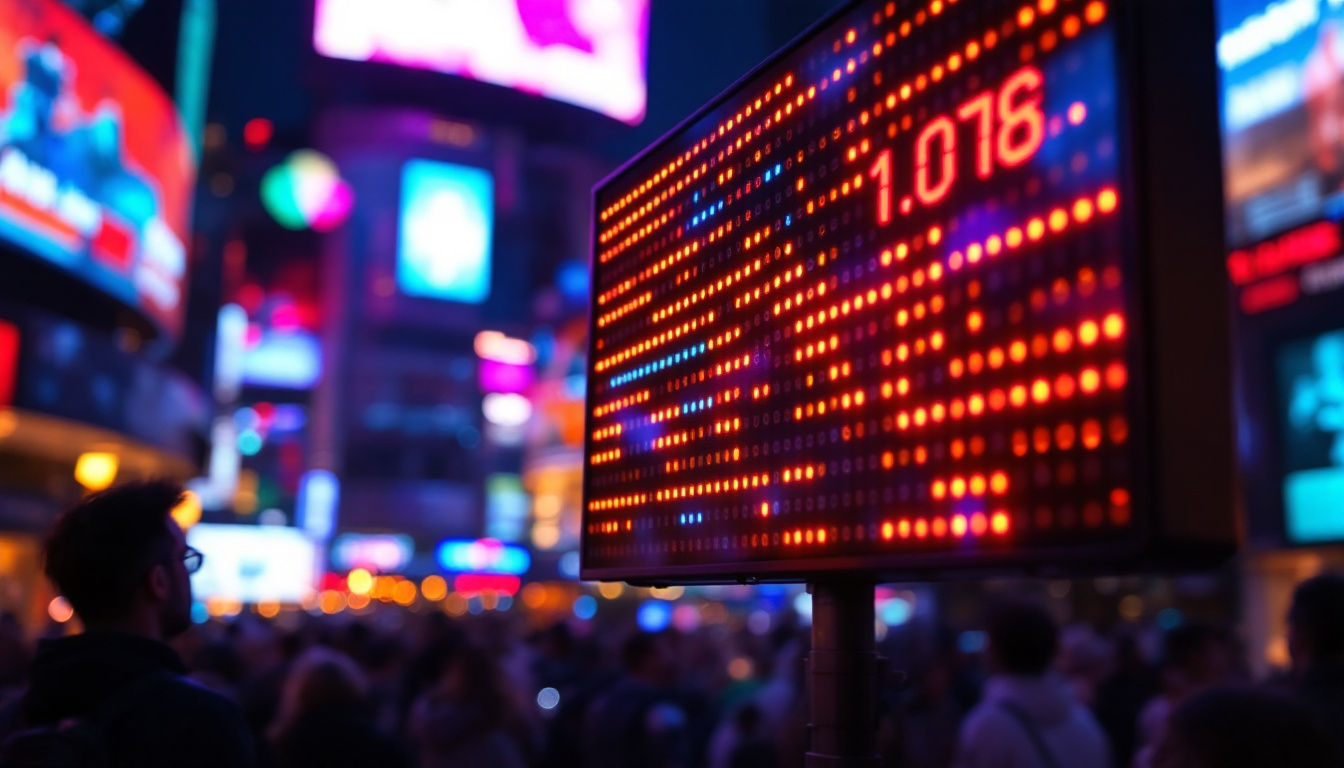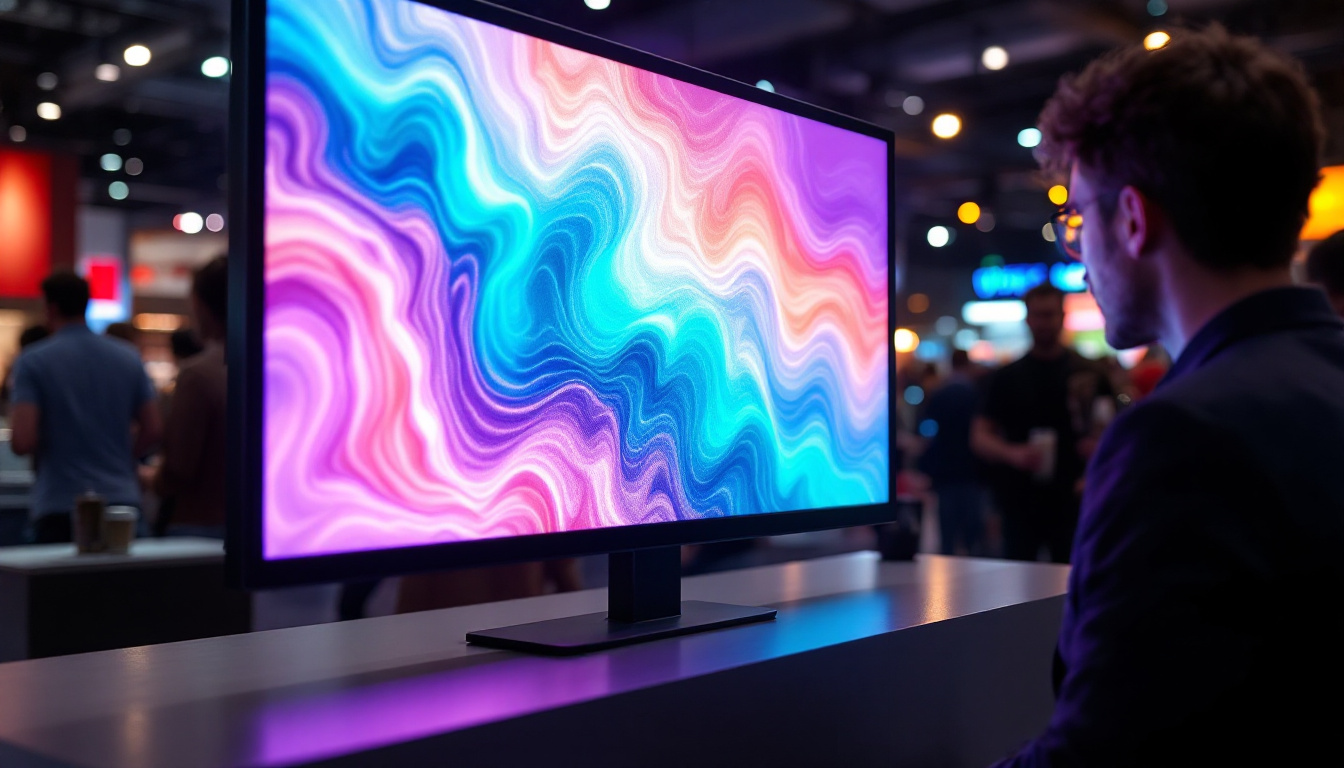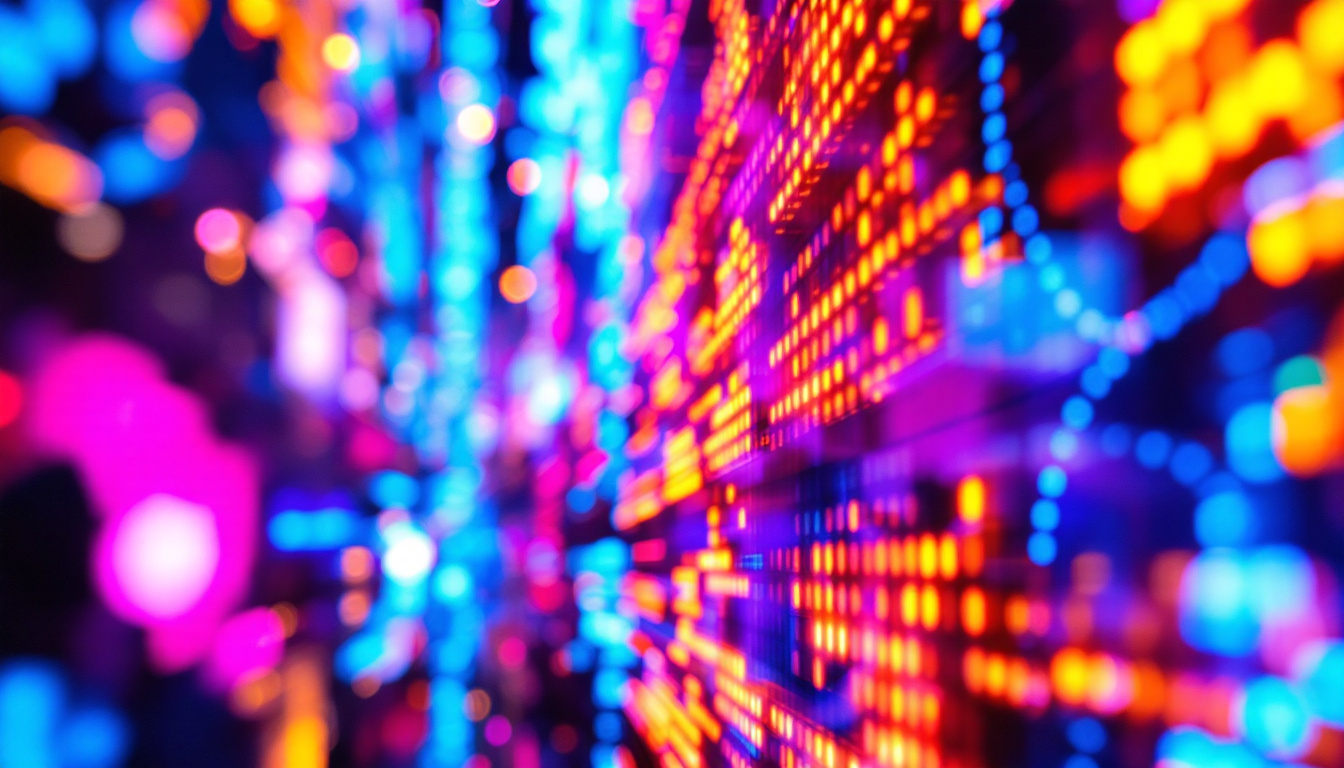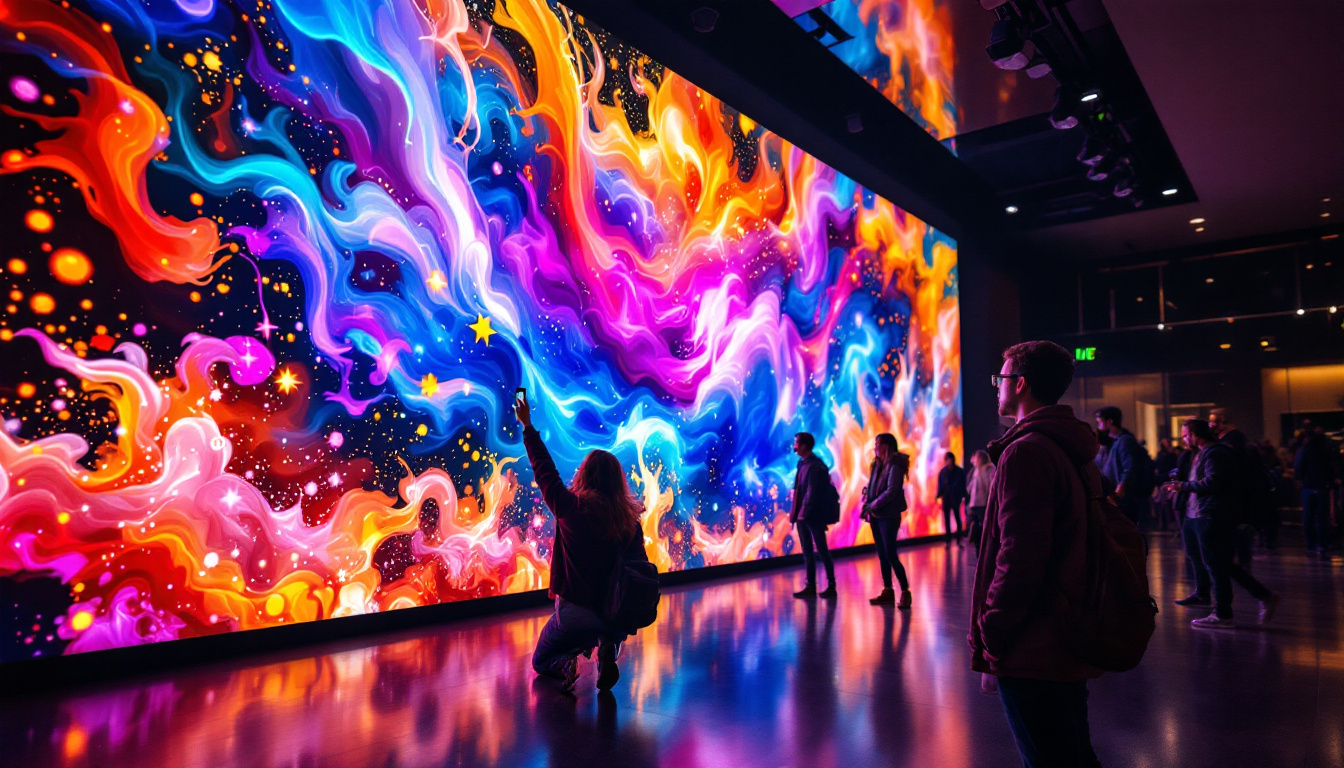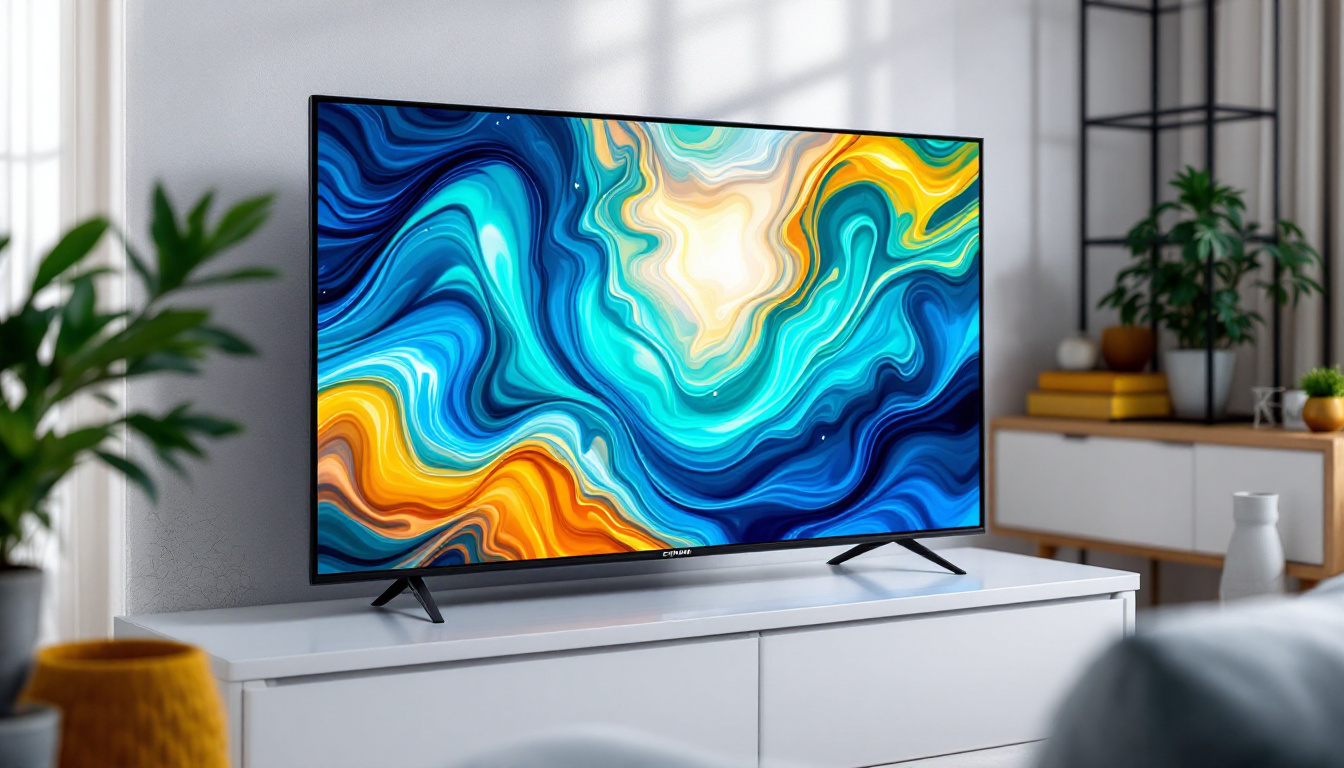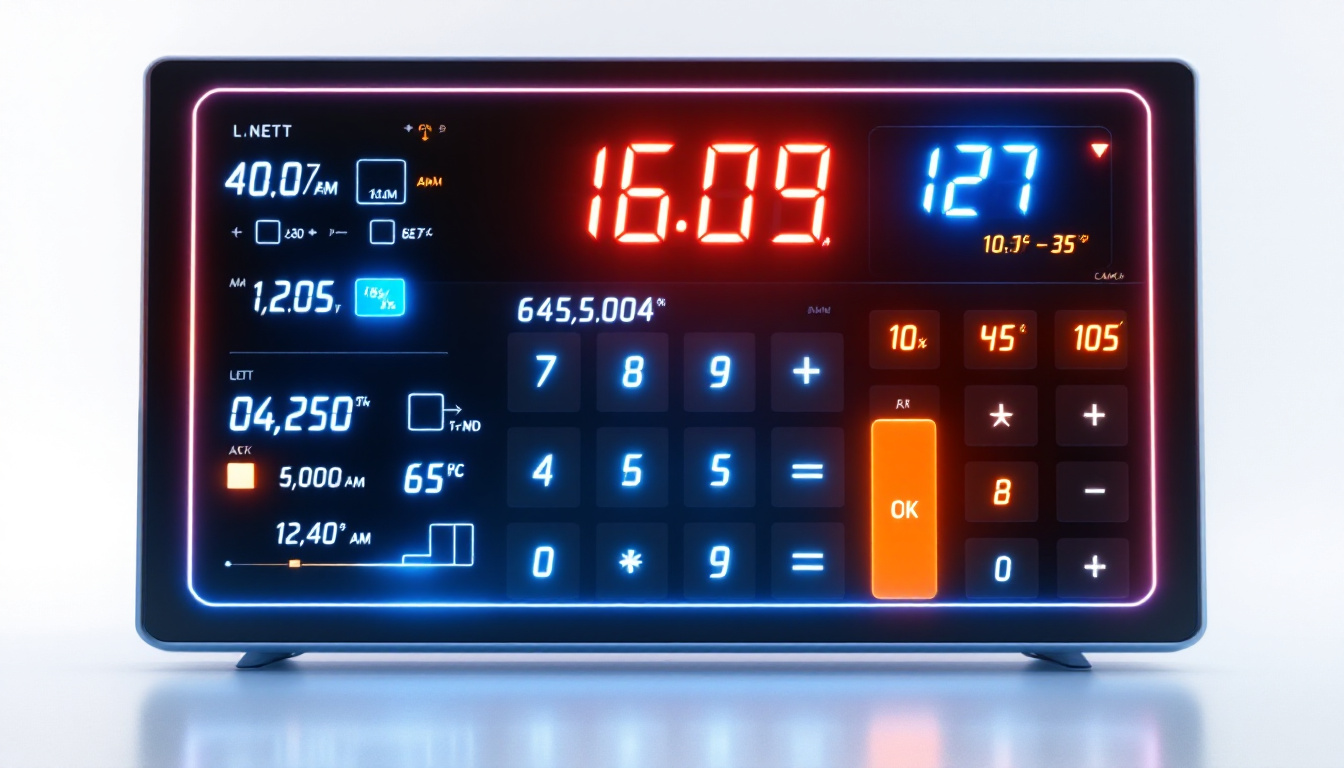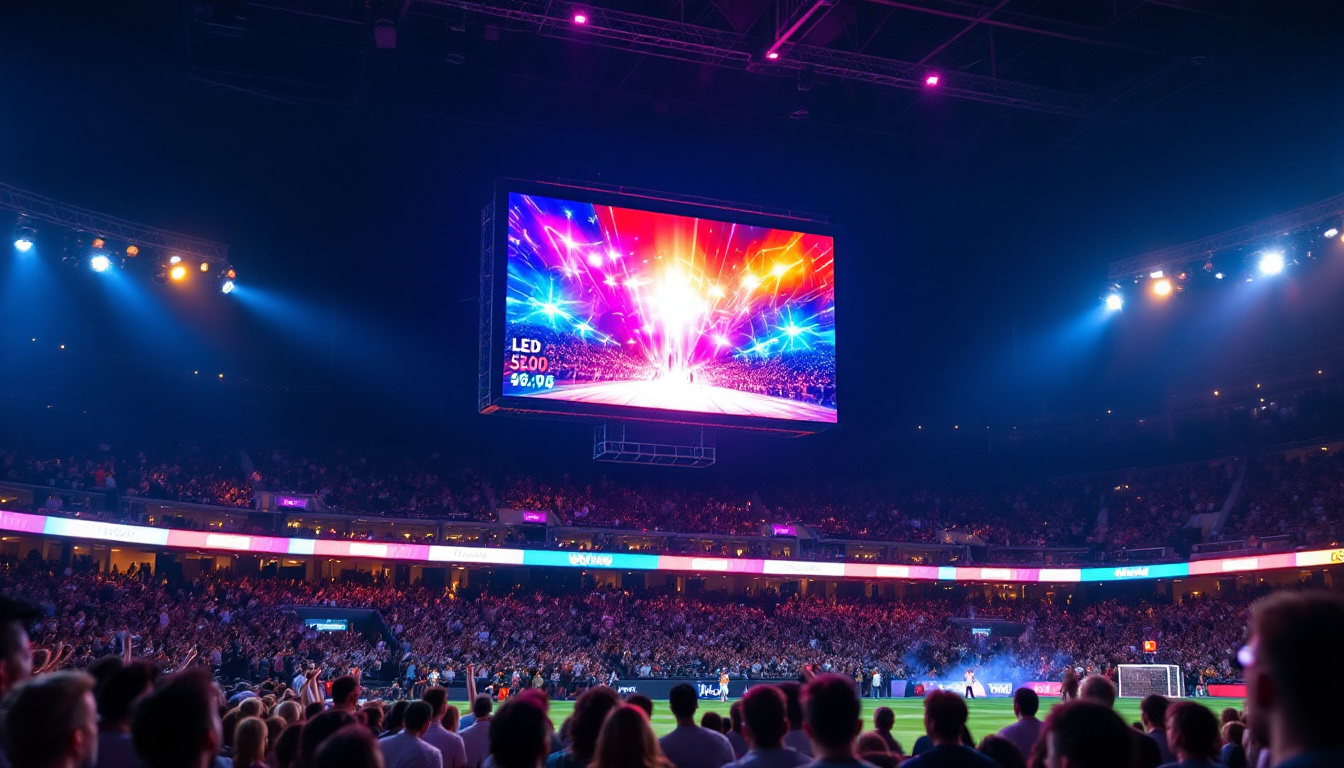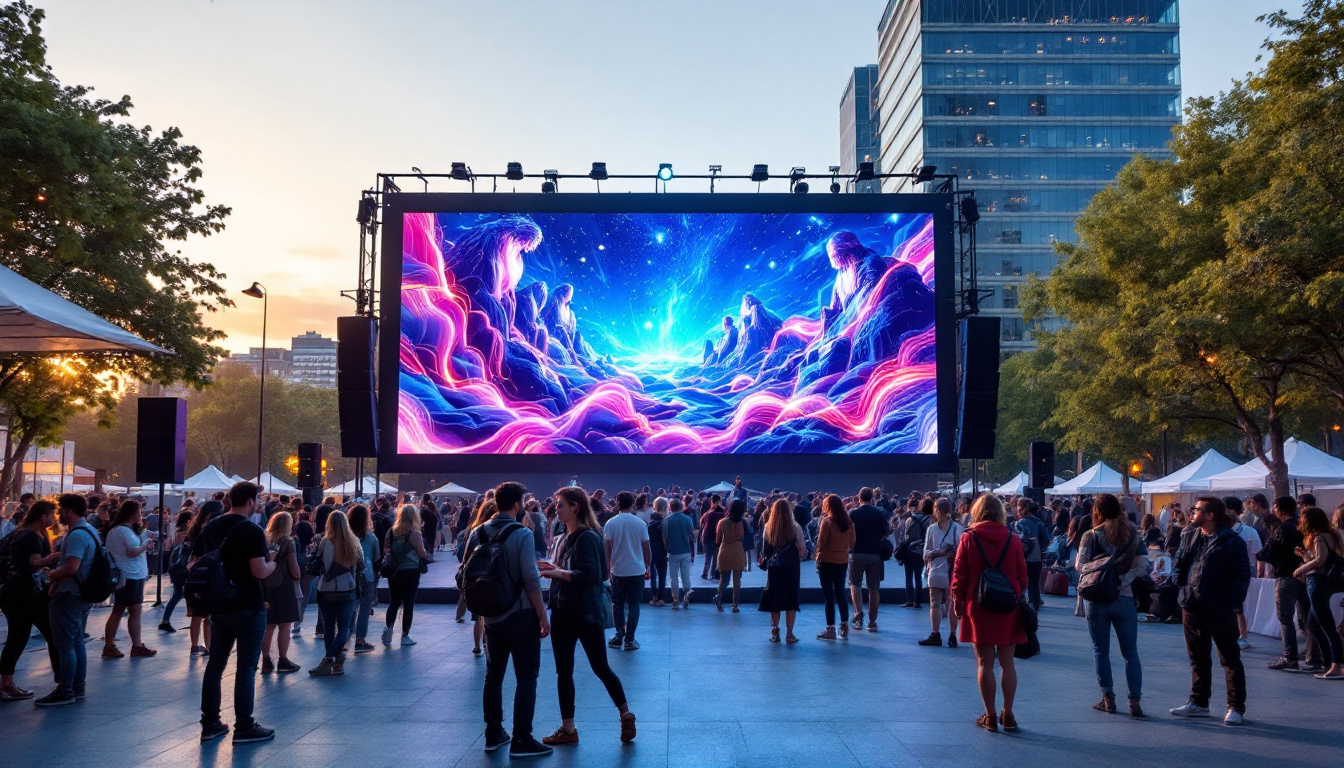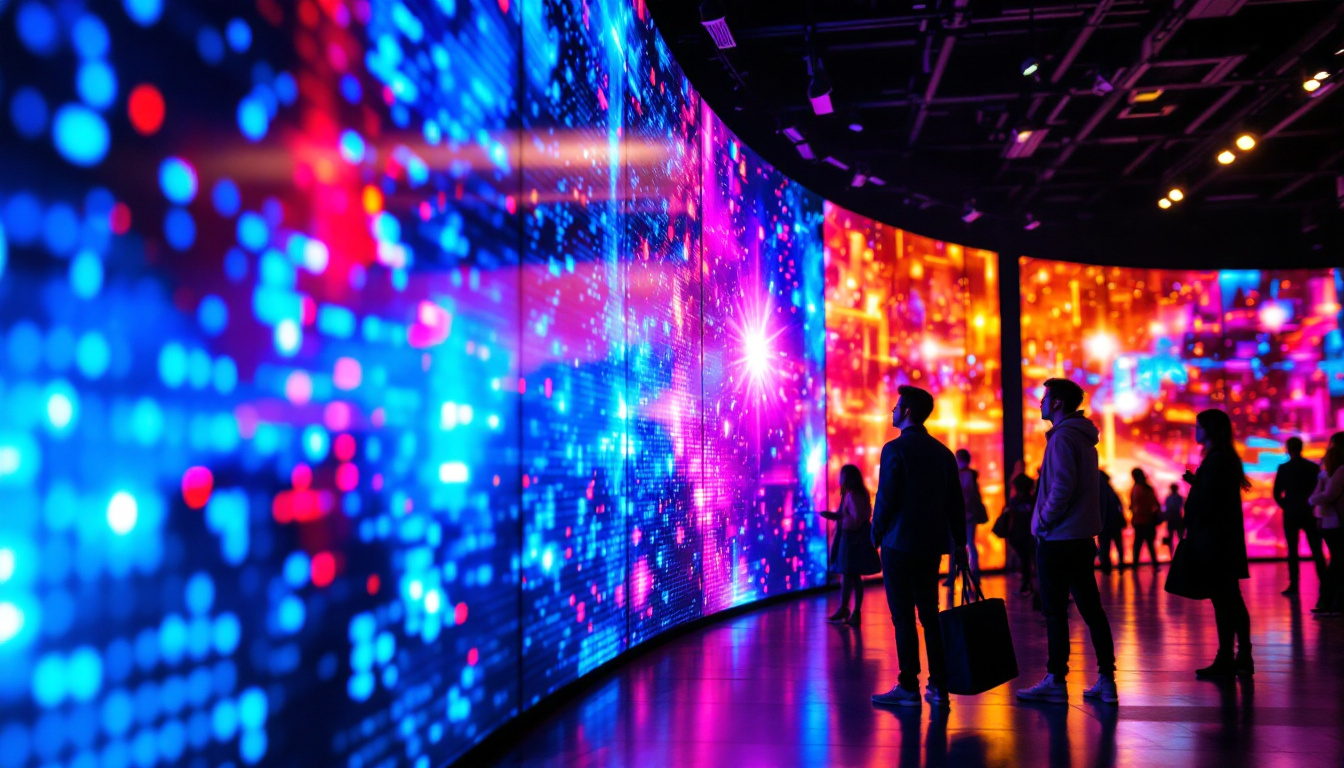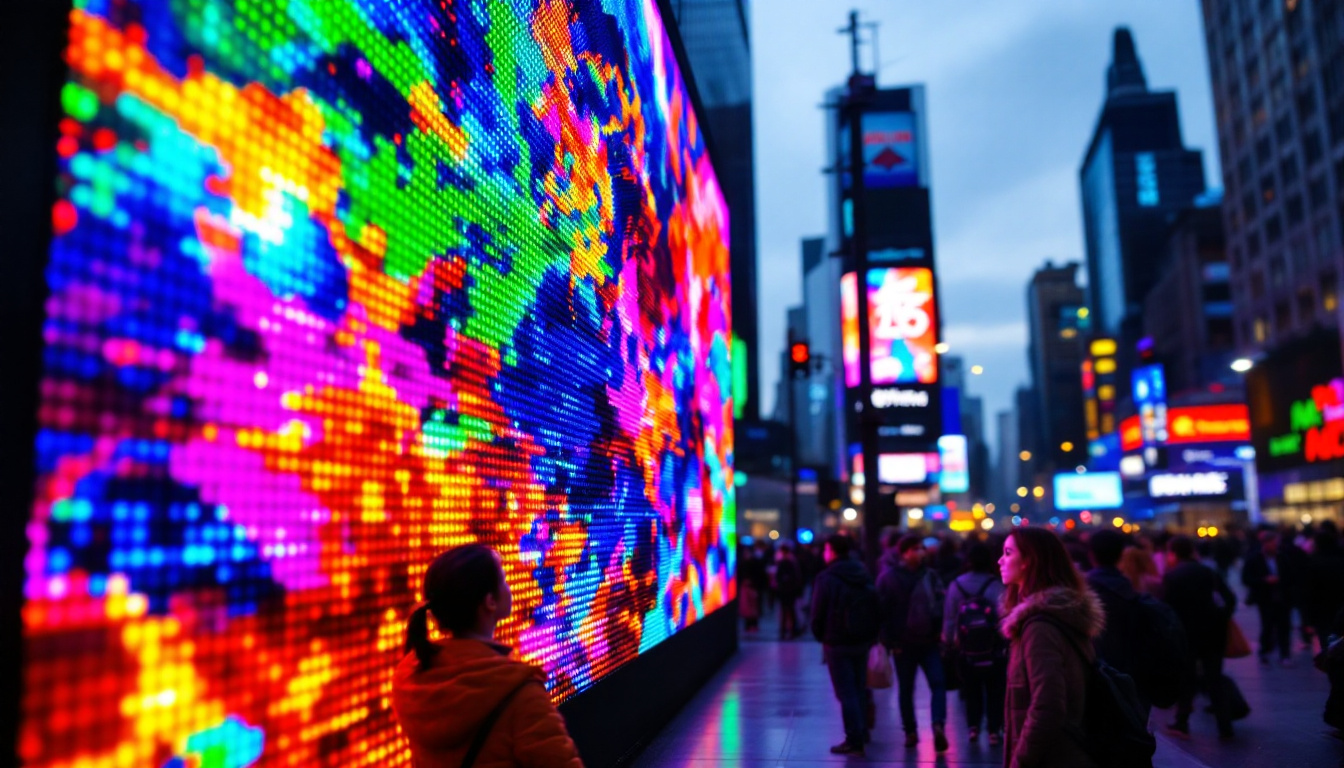In the realm of modern technology, LED displays have become ubiquitous, transforming the way information is presented across various platforms. From smartphones and televisions to large-scale advertising billboards, the versatility and efficiency of LED technology are unparalleled. This article delves into the intricacies of LED displays, exploring their functionality, advantages, and applications in diverse fields.
Understanding LED Technology
LED, or Light Emitting Diode, is a semiconductor device that emits light when an electric current passes through it. This technology has revolutionized the display industry by offering brighter, more energy-efficient alternatives to traditional display technologies like LCD and CRT. The fundamental principle behind LED displays is relatively simple, yet the implications of this technology are profound. With their ability to produce vivid colors and deep blacks, LED displays have become the preferred choice for both consumers and professionals alike, reshaping the way we experience visual media.
The Science Behind LED Displays
At the core of an LED display are numerous tiny diodes that emit light. These diodes can be arranged in various configurations to create images. When an electric current flows through the diode, electrons recombine with holes within the device, releasing energy in the form of photons. This process is known as electroluminescence, and it is the foundation of how LED displays generate light. The efficiency of this process means that LED displays consume significantly less power than their predecessors, making them not only cost-effective but also environmentally friendly.
LED displays can be categorized into two main types: passive and active matrix displays. Passive matrix displays use a grid of conductors to control the illumination of pixels, which can limit their responsiveness and image quality. In contrast, active matrix displays utilize a transistor for each pixel, allowing for faster refresh rates and better image quality. This distinction is crucial for applications requiring high-resolution images, such as televisions and computer monitors. Furthermore, advancements in technology have led to the development of mini-LED and micro-LED displays, which offer even greater control over light output and color accuracy, pushing the boundaries of display technology further.
Types of LED Displays
LED displays come in various forms, each tailored to specific applications. The most common types include:
- Direct View LED Displays: These displays are made up of individual LED modules that are directly visible to the viewer. They are often used in large outdoor advertising screens and stadium displays, where their brightness ensures visibility even in direct sunlight.
- LED-backlit LCD Displays: These are LCD screens that use LED technology to provide backlighting. They offer improved brightness and contrast compared to traditional CCFL backlit displays, enabling a more immersive viewing experience in both home and professional settings.
- Organic LED (OLED) Displays: OLED technology uses organic compounds to emit light, allowing for thinner displays and better color accuracy. They are commonly found in high-end televisions and smartphones, where their ability to produce true blacks and vibrant colors enhances the overall visual experience.
In addition to these common types, there are also specialized LED displays, such as transparent LED screens, which are increasingly being used in retail environments to create eye-catching advertisements without obstructing views. Moreover, flexible LED displays are emerging, allowing for innovative designs and applications that were previously unimaginable. These advancements not only expand the versatility of LED technology but also open up new avenues for creative expression in advertising, art, and architecture.
Advantages of LED Displays
The rise of LED displays can be attributed to several key advantages that set them apart from traditional display technologies. Understanding these benefits can help consumers and businesses make informed decisions about their display needs.
Energy Efficiency
One of the most significant advantages of LED displays is their energy efficiency. Compared to traditional incandescent and fluorescent lighting, LEDs consume significantly less power, making them an environmentally friendly choice. This efficiency not only reduces electricity costs but also minimizes the carbon footprint associated with energy consumption.
Brightness and Visibility
LED displays are known for their exceptional brightness levels, which make them ideal for outdoor use. The high luminance ensures that images remain clear and vibrant even in direct sunlight. This characteristic is particularly beneficial for advertising and informational displays in busy urban environments, where visibility is crucial.
Longevity and Durability
LED technology boasts a long lifespan, often exceeding 50,000 hours. This longevity translates to lower maintenance costs and fewer replacements over time. Additionally, LED displays are more resistant to shock and vibration compared to traditional displays, making them suitable for a variety of environments, including industrial settings.
Applications of LED Displays
The versatility of LED displays has led to their widespread adoption across various industries. From entertainment to transportation, these displays serve multiple purposes, enhancing communication and user experience.
Advertising and Marketing
In the advertising sector, LED displays have revolutionized the way brands communicate with consumers. dynamic content can be easily updated, allowing for real-time promotions and advertisements. This adaptability captures the attention of passersby, leading to increased engagement and sales opportunities.
Moreover, the ability to display vibrant colors and high-resolution images makes LED displays an attractive medium for marketing campaigns. Brands can create eye-catching visuals that resonate with their target audience, ultimately driving brand awareness and loyalty.
Transportation and Public Information
LED displays play a crucial role in transportation systems, providing real-time information to commuters. Bus and train stations utilize LED screens to display arrival times, delays, and other important updates. This instant communication enhances the overall travel experience, allowing passengers to plan their journeys more effectively.
Furthermore, LED displays are increasingly used in traffic management systems. Variable message signs (VMS) equipped with LED technology can convey vital information about road conditions, accidents, and detours, improving safety and traffic flow.
Entertainment and Events
In the entertainment industry, LED displays have transformed the way events are experienced. Concerts, festivals, and sporting events often feature large LED screens that enhance the visual experience for attendees. These displays can showcase live feeds, graphics, and animations, creating an immersive atmosphere that captivates audiences.
Additionally, LED technology is widely used in theaters and cinemas, providing vibrant visuals that enhance the storytelling experience. The ability to create stunning visuals with high contrast and color accuracy makes LED displays a preferred choice for filmmakers and event organizers alike.
Challenges and Considerations
While the benefits of LED displays are numerous, there are also challenges and considerations that must be addressed. Understanding these factors can aid in making informed decisions regarding the implementation of LED technology.
Cost Implications
Although the prices of LED displays have decreased over the years, they can still represent a significant investment, particularly for large-scale installations. Businesses must weigh the initial costs against the long-term savings associated with energy efficiency and reduced maintenance. In many cases, the return on investment can justify the upfront expenses.
Environmental Impact
Despite their energy efficiency, the production and disposal of LED displays raise environmental concerns. The manufacturing process involves the use of rare materials, and improper disposal can lead to electronic waste issues. It is essential for manufacturers and consumers to consider sustainable practices, such as recycling and responsible sourcing of materials.
Technological Advancements
The LED display market is continually evolving, with advancements in technology leading to improved performance and capabilities. Emerging technologies, such as microLED and miniLED, promise even greater resolution and efficiency. Staying informed about these developments can help businesses and consumers make strategic decisions regarding their display solutions.
The Future of LED Displays
The future of LED displays looks promising, with ongoing innovations poised to enhance their functionality and applications. As technology continues to advance, several trends are emerging that will shape the landscape of LED displays in the coming years.
Integration with Smart Technology
As smart technology becomes increasingly prevalent, LED displays are expected to integrate seamlessly with other devices and systems. This integration will enable features such as remote management, real-time data updates, and enhanced interactivity. For instance, smart LED displays in retail settings could provide personalized advertisements based on customer behavior and preferences.
Enhanced Resolution and Color Accuracy
With the demand for high-quality visuals on the rise, manufacturers are focusing on improving the resolution and color accuracy of LED displays. Technologies like 8K resolution and advanced color calibration techniques are becoming more accessible, allowing for stunning visuals that meet the expectations of consumers and professionals alike.
Augmented Reality (AR) and Virtual Reality (VR) Applications
The convergence of LED displays with AR and VR technologies is set to create immersive experiences across various sectors. In gaming, education, and training, LED displays can serve as platforms for engaging and interactive content that enhances user experience. This trend is likely to drive further innovation in display technology, pushing the boundaries of what is possible.
Conclusion
LED displays have undeniably transformed the way information is conveyed, offering numerous advantages over traditional display technologies. Their energy efficiency, brightness, and versatility make them suitable for a wide range of applications, from advertising to transportation and entertainment. While challenges exist, the future of LED displays is bright, with ongoing advancements promising to enhance their capabilities even further.
As industries continue to embrace LED technology, understanding its intricacies will be essential for making informed decisions. Whether for personal use or business applications, LED displays represent a significant step forward in visual communication, paving the way for a more illuminated future.
Illuminate Your Space with LumenMatrix
Ready to elevate your visual communication with the latest in LED display technology? Discover the innovative solutions from LumenMatrix, where we specialize in bringing your brand to life with vibrant and dynamic LED displays. From Indoor and Outdoor LED Wall Displays to specialized options like Vehicle, Sports, and Floor LED Displays, LumenMatrix tailors to your unique needs. Our mission is to revolutionize your visual experience with displays that captivate and engage. Check out LumenMatrix LED Display Solutions today and transform your space into a beacon of creativity and clarity.

